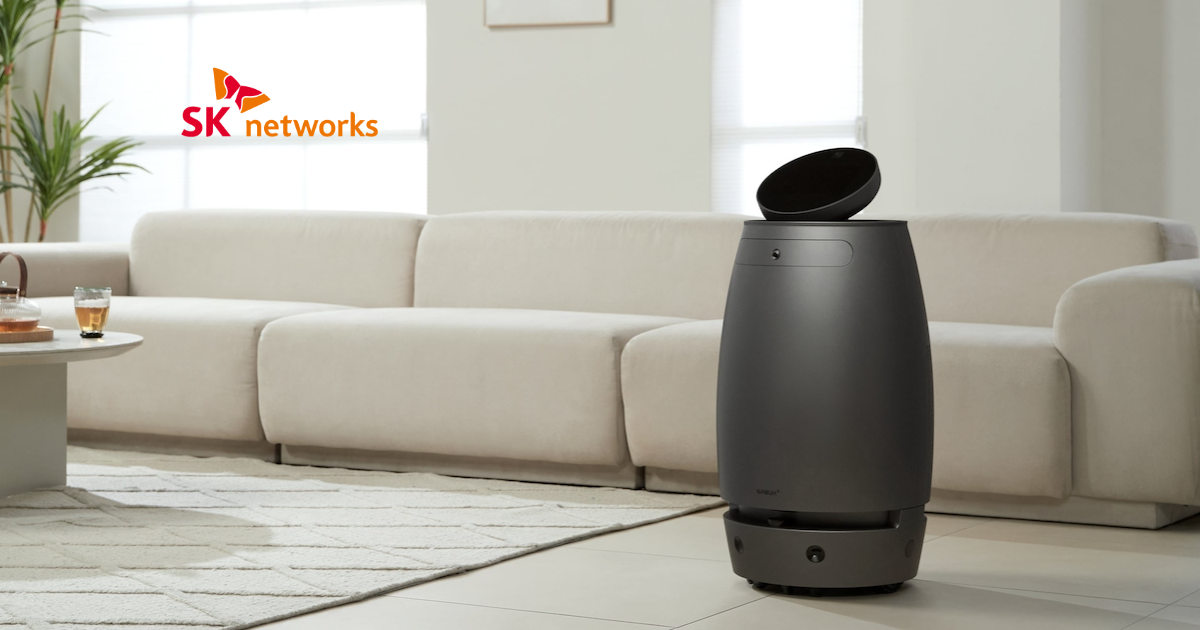While manufacturers and OEMs plan for new ways to implement voice-enabled home devices, how are consumers embracing these technologies in the smart home?

This article examines the smart home and voice technology market on a global scale, how consumers are responding to smart devices with voice recognition in the home, and what challenges smart home device makers face in consumer adoption.
Smart Home Market Analysis
The domestic smart home technology adoption will reach a staggering amount of $138.9 billion by 2026, according to MarketsandMarkets research. Forecasters expect North America to be the fastest-growing region adopting smart home technology.
Increasing awareness and expectation of superior user experiences, rising average incomes, a rapidly developing internet of things (IoT) ecosystem, and evolving standards will drive this market growth.
In the U.S., Statista reports that 40% of households use smart home devices and by 2025 that number is expected to hit 57.3%.

That rise in usage will drive smart home market revenue to an annual growth rate (CAGR 2021-2025) of 12.82%, resulting in a projected market volume of US $46,767 million by 2025. (This study focused on devices that connect through the Internet and whose primary purpose is automation or remote control of connected devices in the home. The report did not include Smart TVs, tablets and smartphones.)
The Advisory firm ABI Research reported that consumers are expected to spend $123 billion on IoT gadgets by this year.
Forecasters expect that number to rise sharply, and manufacturers will focus their research and development and marketing dollars on home monitoring and security devices—owning 22.6% of the smart home market share by 2023, according to research firm IDC.
Close behind, smart speakers and lighting appliances will grab 15.4% and 11.8% of the market, respectively.
The smart home technology market continues to expand with voice assistants, voice-enabled smart speakers, smart lighting, home security cameras, and a multitude of other tech available to consumers.
“Consumers have shifted their spending priorities from other areas like vacations, going out to eat, or visiting cinemas to focus on adding more comfort, conveniences, and entertainment at home,” said Adam Wright, IDC senior research analyst of IoT. “As such, we have seen that smart home devices like streaming sticks, smart speakers, security devices, smart lights, and others have performed well over the past year."
The Growth of Voice Technology in Smart Homes
Forecasters expect the global voice recognition market size to grow from $10.7 billion U.S. in 2020 to $27.16 billion U.S. by 2026, according to Statista.
The development of voice assistant technology for high-end automated household appliances is directly impacting the dynamics of the smart home industry, according to Research and Markets. Voice control is the primary method of operating smart home automation.
Voice-enabled speaker use is one of the more popular uses of voice recognition in smart home devices. A report by Google and Peerless Insights shows that 72% of people who own a voice-activated speaker use their device daily.
The popularity of smart speakers bodes well for the smart home industry.
Smart speaker owners are more likely to purchase other types of smart home devices, like smart locks and thermostats, according to Forrester Analytics.
How Consumers are Using Voice Tech in the Smart Home
As seen by the previous numbers, voice technology and smart home devices work hand in hand, as voice recognition becomes the primary way consumers control these devices in their homes.
But how do consumers use voice-enabled smart devices in the home?
A survey by Consumers International and the Internet Society revealed that 70% of respondents own one or more smart devices, including smart home appliances, fitness devices, and gaming consoles.
The report surveyed respondents from Australia, Canada, France, Japan, the U.K., and the U.S. about how they use smart devices.
Survey participants, on average, owned connected home devices in two categories, such as home appliances and connected wearables. The number is lower, however, in Japan, where 46% of respondents reported not owning any type of internet-connected device.
The Voice Consumer Index 2021 in a survey of voice tech users in the U.S., U.K., and Germany, showed that 66% of respondents interact with smart speakers when using a voice assistant and 31% use voice tech daily.
Most voice technology users are under the age of 35, and demand voice-based interactions in many aspects of their daily lives.
Another study showed, that one in five consumers in the U.K., U.S., Japan, China, Germany, and France have used voice assistants to search for recipes or order food.
More than 80% say they use voice tech to search for weather information or check the sports score, while more than half use voice technology for timers and alarms, and over half use voice tech to activate home appliances.
Challenges Smart Home Device Makers Face
Cost
Cost is one of the biggest challenges facing smart home device adoption. Most home improvement purchases are expensive, whether it's adding a room, renovating a kitchen, or adding a smart home security system.
It may take a concerted effort by manufacturers and sellers at consumer education of the value of certain smart appliances and systems.
Other efforts can include significant discounts by insurance companies and programs similar to the push for solar panel adoption in which the U.S. federal, state, and local governments and utilities gave rebates for homeowners to go solar.
Interoperability, or Lack Thereof
Another challenge that may compound the cost avoidance is the lack of interoperability or fragmentation in the smart home market. Tons of different smart devices offer different operating systems and features that are made by different manufacturers.
While some manufacturers prioritize their smart devices to work well with other smart home gadgets, the sheer scale of so many types of smart brands and systems makes it difficult to achieve.
The smart home market may become compartmentalized in how various smart home devices work together—perhaps manufacturers may focus their efforts on synchronizing certain home categories, such as smart kitchen appliances.
Additionally, voice recognition adaptation will play an important role in a truly integrated smart home.
Complexity
Some smart home systems are complex, and even the most technologically advanced users may find it difficult to install and set up an integrated smart home. This brings us back to cost—many complete house smart systems will need an expert installer.
There might not be a way around this issue unless engineers come up with ways to make installation and setup simpler.
Privacy and Security
An additional large hurdle to overcome is security and privacy concerns.
A survey by researchers from WMG and Computer Science, University of Warwick reported that a large swath of U.K. consumers is wary of using smart home devices because of privacy and security issues.
The Consumers International and Internet Society report shows that while 70% of consumers use smart home devices, 63% find connected devices “creepy” and 75% say they distrust the way data collected from smart devices is shared.
The lack of consumer trust in the IoT market could be detrimental to manufacturers and retailers."
The security concerns are high enough that a third of consumers who do not own a smart home device say they will not buy one.
Using voice recognition technologies that work on the edge, keeping data out of big tech’s hands and away from hackers, might be a critical consideration for smart home manufacturers.
Accurate Voice Recognition Necessary in the Smart Home
While smart devices in the home are advancing at a rapid rate, the growing pains in integrating voice recognition into everyday appliances and other smart home devices are still being ironed out.
Background noise, multiple speakers, and inaccurate speaker identification and are issues that plague the voice recognition industry. And the smart home industry is no different.
In a busy — i.e. noisy — household, especially with multiple family members and remote workers in their home offices, processing accurate speech and voice recognition is difficult for many existing smart technology platforms and devices.
Because voice technology plays a critical role in smart home automation, manufacturers and OEMs must use technology that can effectively filter noise, provide accurate speaker recognition and personalization.
The use of smart devices must be a frictionless and pleasant experience for consumers to gain traction in the smart home market.
The Future of the Smart Home
While the current market focuses on using voice recognition to do things like turn devices off and on, find information, and write documents, the future will include a total immersion in the Internet of Things.
Experts say that the smart home will go beyond using simple voice commands to turn lights off and on. The advancement of AI will enable truly smart homes that can learn about homeowners and expect their needs. These experts even say that the AI and voice-powered platforms we use today will someday become the “brain” for an entire home.
Whatever the future brings, to be sure, voice recognition technology will be at the heart of everything, as voice is one of the primary ways humans communicate with each other and with their smart devices.
The challenge is to make sure that manufacturers and OEMs address the challenges that inhibit consumer trust and use reliable and accurate voice recognition technology in the future smart home.












